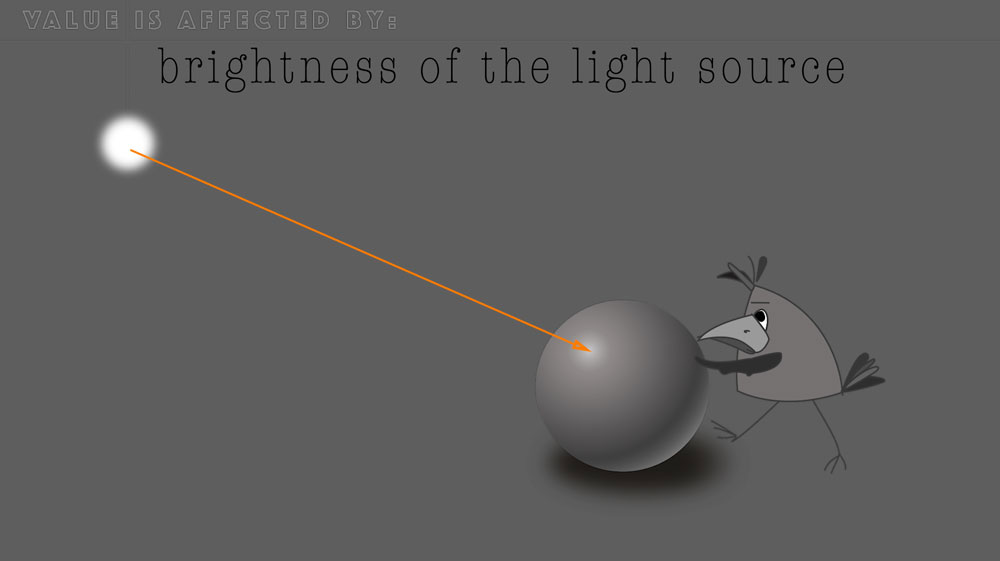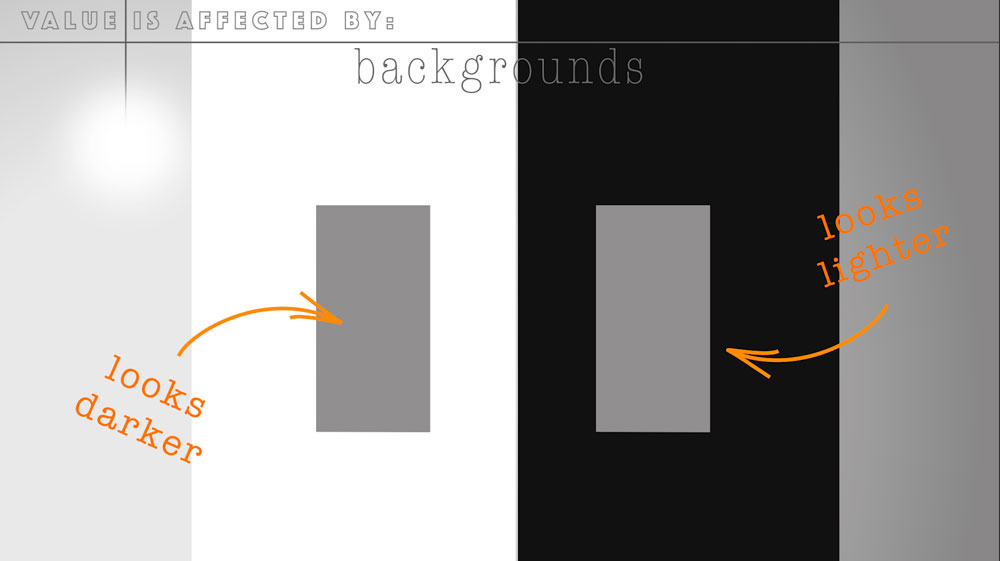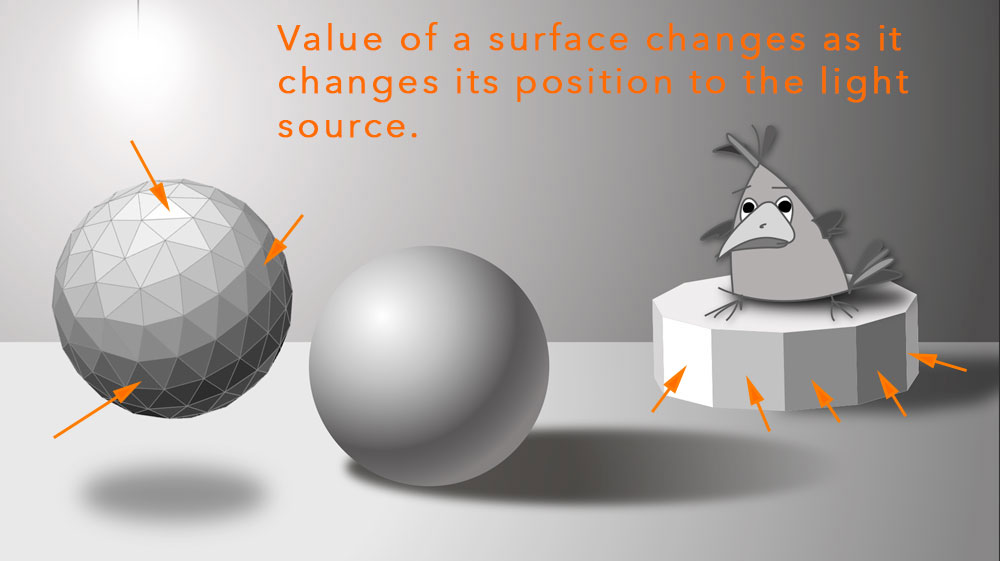by JuliannaKunstler.com
videos:
Value & Light
Shading techniques
Chiaroscuro
1. Value & Light
How we see value
slides:

Notes:

Value is the amount of light reflected from a surface.
Value, as an element of Art, refers to lightness and darkness in an art piece.
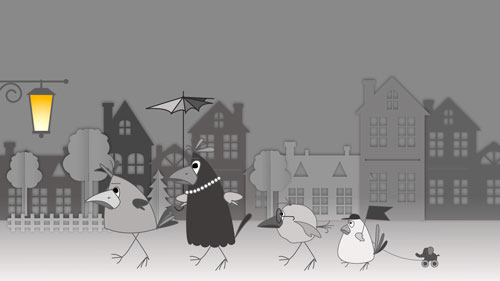
Light source plays an important role in the way we see things.
Some objects are darker and some are lighter.
How does it work?
Light objects reflect plenty of light, dark - very little, black - none.

The amount of light, reflected from a surface is affected by many things:
1. brightness of the light source

2. position of the light source in regards to the object

3. Distance to the light source

4. value and color properties of the surface itself

5. How a surface is facing the light. Two surfaces of the same object cannot be of the same value if they are facing the light source at different angles.
If the angle changes - the value changes.
This is how we distinguish sides in an object.

6. Reflected light.
Light bounces off every surface it reaches
That includes ground, walls , all objects… and everything around them.
When objects are close to each other - they share some light that they reflect.
So how dark or light are the objects around?
How close are they? How much light they can reflect?
All that affects each objects’s value.

7. Background value -
same object can look lighter or darker against different backgrounds.

See for yourself!

8. Texture and reflective properties of the surface.

Each surface reflects light differently

9. Nature of the light source: natural, high-contrast or diffused light

an artificial spot light...
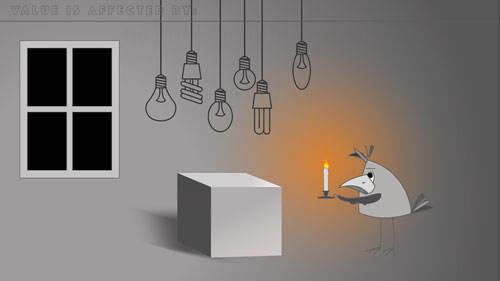
or an ambience light…..


As light shines on objects - it generates lights and shadows.
Value creates depth within an artwork - making objects look three dimensional , appear closer or further away.
It does this by creating a range of tones within an object and its background.

Different sides of an object cannot have the same value if they are not facing the same direction.
Value of a surface changes as it changes its position to the light source.
This change can be very defined (block or prism) or smooth and gradual (cylinder and cone).

How do we measure the differences in light and dark?
The lightest value is white, the darkest value is black
What about the range of values in between?
We use a value scale .
Value scale is a way of describing how values change between black and white
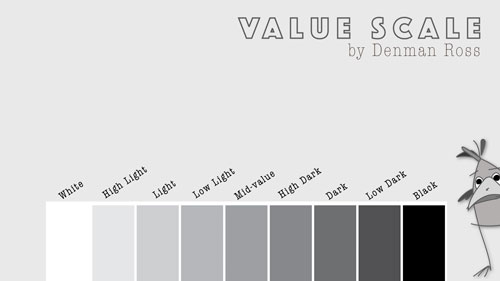
One of the most well known is the Denman Ross 9-step value scale.
His value terms are useful and easy to memorize.
Take a look

So what did we learn about value so far?
Value is the amount of light reflected from a surface.
It refers to lights and darks in an artwork.
Light plays an important role in how we see things.
Objects that reflect plenty of light - we see as light objects
Objects that reflect little or no light - we see as dark.
The amount of light that a surface reflects determines its value and it is affected by many things.
Value creates depth and space in an artwork.
It makes flat shapes look 3 dimensional.
We use value scales to measure and describe values.



